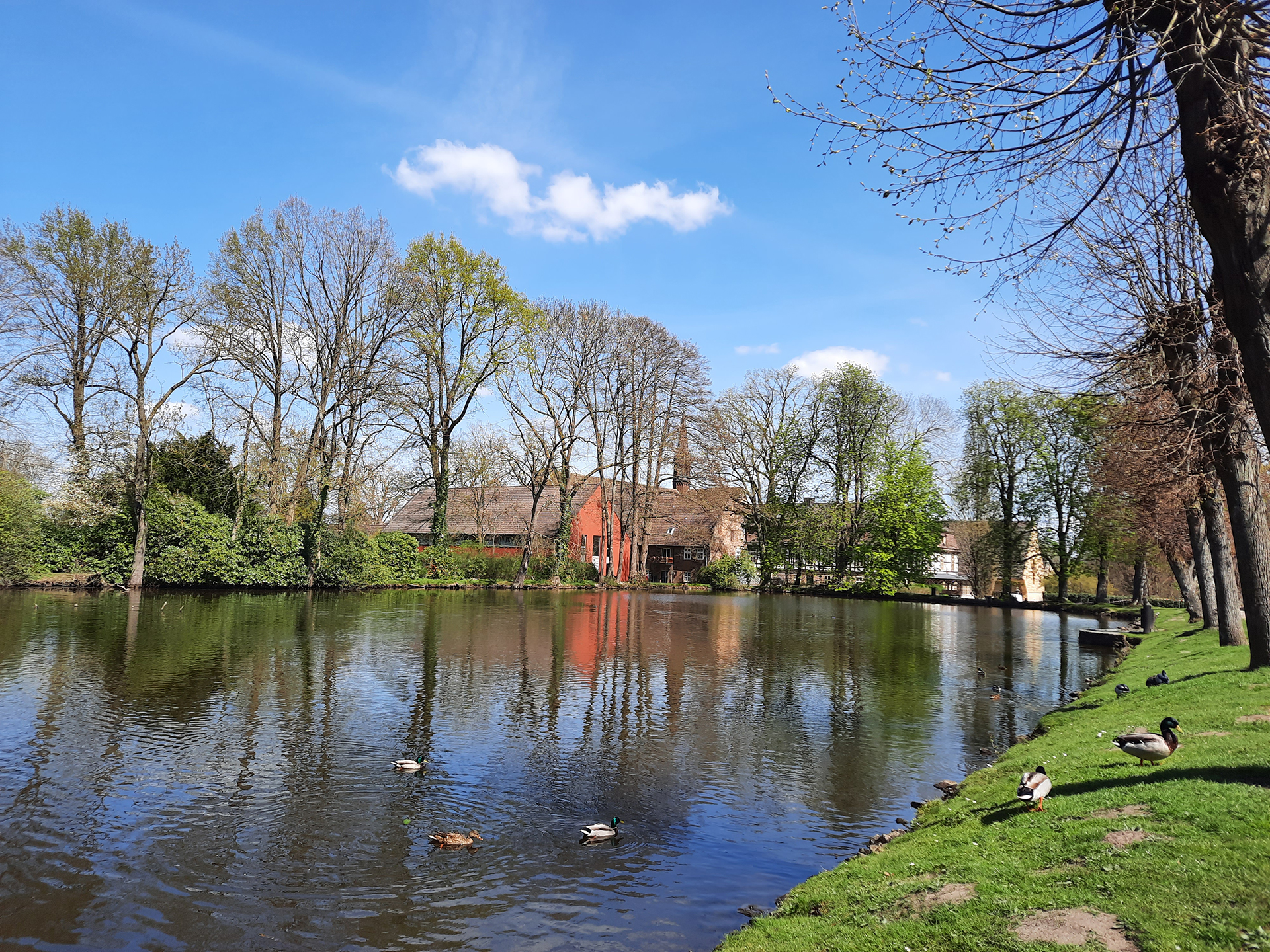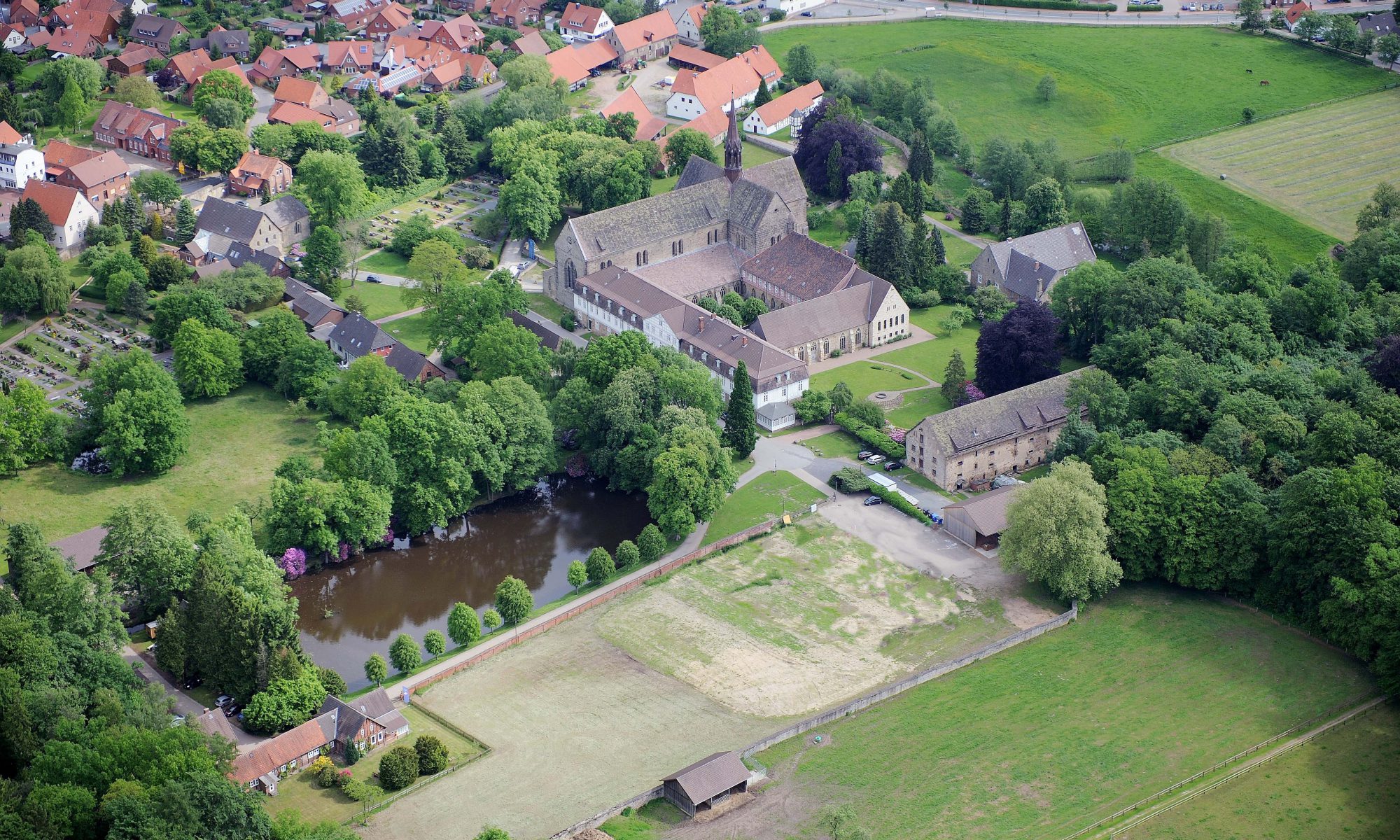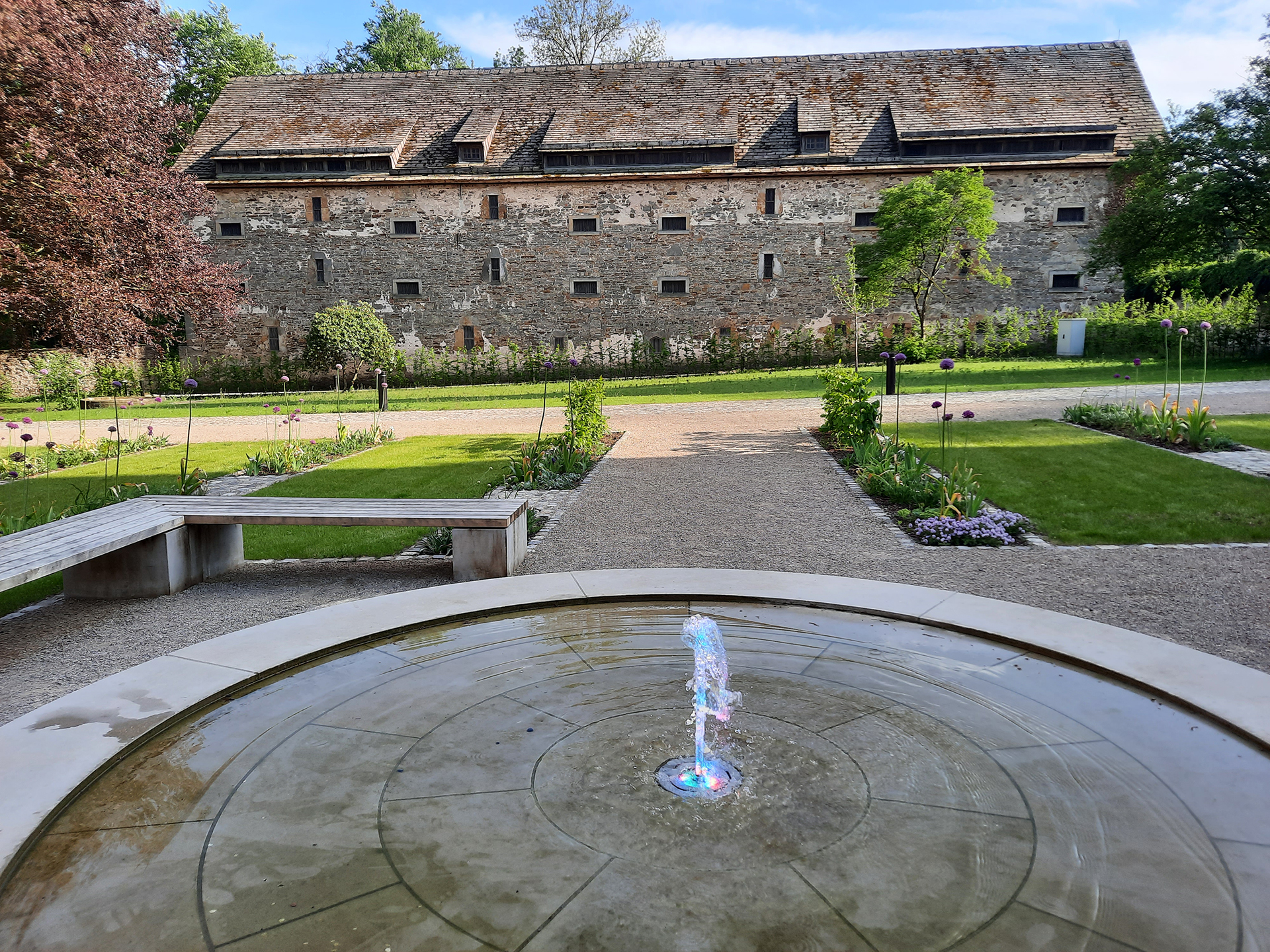LOCCUM
Photo: Loccum Monastery
Founding date: 1163 (order number 384 according to Janauschek)
Dissolution date: 1585 Continued existence as a Protestant convent
Filiation / mother monastery: Morimond-Kamp / Volkenroda Monastery
Daughter monastery: Reinfeld Monastery
The foundation of the monastery was based on a donation from Count Wilbrand von Hallermund, and in 1183 the Pope placed the monastery under the Cistercian order. The impact of the monastery extended far beyond the village of Loccum to Oedelum to the north-east of Hildesheim and south to the Weser. The most important city courts were in Hanover and Minden, Bad Münder and Herford.
Audio version
Current events
Latest posts
The cultural landscape
Loccum Monastery was founded in 1163 by Cistercian monks from Volkenroda. It was based on an extensive endowment by Count von Hallermund, which, in addition to Loccum, included three other villages and a large forest, the later monastery forest “Sündern”. Within a few decades, the monastery church, a sewage system, numerous monastery buildings and hydraulic engineering structures were built, many of which are still preserved today and form an outstanding ensemble.
By 1330, Loccum’s possessions had grown steadily and included land, buildings and rights to revenues from salt pans, mills and more. At least five Loccum granges and three town courtyards existed during this period. From the second half of the 14th century, the monastery lacked donations and lay brothers, so that its economic strength declined and it had to sell off its possessions. But even today, over 400 years after the monastery adopted the Lutheran doctrine and the influence of the Cistercians came to an end, it still owns extensive land.
The work of the Cistercians has left its mark not only in the monastery itself but also in the surrounding area. Several ponds and ditches in the “Sündern” bear witness to the Cistercian art of hydraulic engineering. And in the nearby Rehburg Hills there are sandstone quarries from the construction of the monastery complex as well as pits and slag heaps from coal mining.





